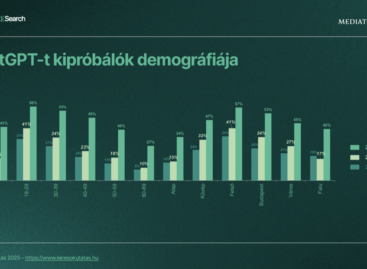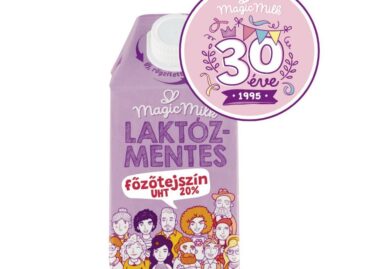Special foods ranking: 1. Diabetic, 2. Low-carb, 3. Lactose-free
Different special diets and foods are frequently discussed, and it is becoming less of a problem to ask for a cup of coffee with plant-based milk in a café, and it isn’t uncommon for friends and family to eat “differently” at the dinner table.
This article is available for reading in Trade magazin 2024/5

Guest writer:
Nóra Buzinkay
market research specialist
NRC
Sometimes food intolerance or the consumption of special foods is labelled as a passing fad or an evolutionary disease, but what is more important than labels is that these are affecting more and more people.
How many people are affected?
42% of the population feel that they are hearing from a growing number of friends and acquaintances that they follow a special diet. 58% of Hungarians (16-75 year olds) eat special food. Both in the narrower special diet group and in the broader consumer group, those following a sugar-free/low-sugar diet are the most numerous, with 13% of the target group eating so and 44% consuming such products. This group is followed by those involved in low-carb foods (consumers: 32%, diet followers: 9%). One fifth of the population eat lactose-free products quite regularly and 8% follow such a diet. Gluten-free foods and ingredients are important for 13% of the population and the proportion of those following such a diet is 3%.
What are the reasons for eating special foods?
For those who belong to the group that follows a stricter special diet, the main reason is sensitivity or allergy. Not surprisingly weight control is also an important motivation. The majority of Hungarians and the groups concerned feel: foods and ingredients that can be included in special diets are now more widely available than before, but the “one-stop shop” solution isn’t yet available to everyone. This is especially a problem for those who follow more kinds of diets: 64% of these consumers obtain the necessary ingredients from more than one place.
How much do special foods/ingredients cost?
Special foods and ingredients are expensive – this is what 70% of those affected think. The majority of people following special diets spend about 30% more than if they bought the normal version of everything. Those consumers who have no relationship with the given type of special food tend to position the prices of these products even higher than those who eat the type of product with some regularity. Within the group of consumers, the price perception also differs between “diet followers” and “consumers only”, with occasional consumption lowering the price perception, and a higher proportion of those who follow a special diet considering special products to be much more expensive than the basic variety, compared to those who only consume these foods, but don’t follow a special diet. //
Related news
Absolute Live Izotonic Drink Zero Cukor
🎧 Hallgasd a cikket: Lejátszás Szünet Folytatás Leállítás Nyelv: Auto…
Read more >Hungarians are already using AI platforms en masse for search
🎧 Hallgasd a cikket: Lejátszás Szünet Folytatás Leállítás Nyelv: Auto…
Read more >MAGIC MILK lactose free cooking crea, 20% 0,5 l
🎧 Hallgasd a cikket: Lejátszás Szünet Folytatás Leállítás Nyelv: Auto…
Read more >Related news
Challenges of the retail sector: retail has become more crisis-resistant
🎧 Hallgasd a cikket: Lejátszás Szünet Folytatás Leállítás Nyelv: Auto…
Read more >How to avoid the hassles of online shopping?
🎧 Hallgasd a cikket: Lejátszás Szünet Folytatás Leállítás Nyelv: Auto…
Read more >It’s time for company Christmas parties: a waste of money or a good party?
🎧 Hallgasd a cikket: Lejátszás Szünet Folytatás Leállítás Nyelv: Auto…
Read more >






